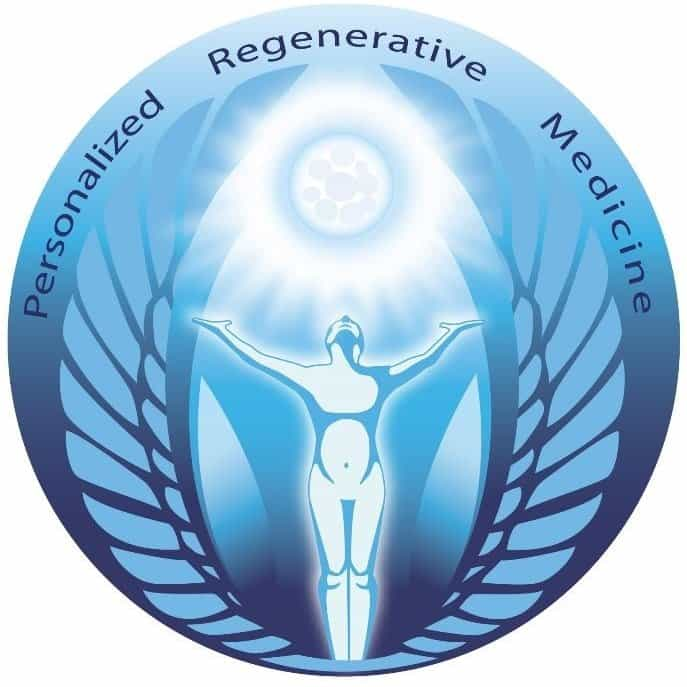
Living with Type 2 diabetes means managing a complex and often unpredictable condition. People with Type 2 diabetes face daily challenges as they regulate blood sugar, navigate dietary restrictions, and manage their health. Traditional treatments, including lifestyle changes and medications, help control blood sugar but don’t address the root cause of the disease. This is where stem cell therapy steps in as a promising frontier in the treatment of diabetes, with the potential to offer more sustainable results and even remission. Let's explore what stem cell therapy for Type 2 diabetes entails, the success rates observed so far, and what the future may hold.
Stem cell therapy for Type 2 diabetes shows success rates of approximately 70-80% in beta-cell regeneration and improved insulin production.
What is Stem Cell Therapy for Type 2 Diabetes?
Stem cell therapy is an innovative approach that aims to regenerate insulin-producing cells in the pancreas. Stem cells, due to their ability to transform into various cell types, are used to replenish beta cells that have been damaged or lost due to diabetes. For people with Type 2 diabetes, where insulin resistance and beta-cell dysfunction occur, stem cell therapy may improve or restore insulin production, thus offering the possibility of better glucose control and reduced dependency on medication.
How Does Stem Cell Therapy Work in Diabetes Treatment?
The concept of stem cell therapy in diabetes treatment revolves around stem cells' capacity to differentiate into functional pancreatic cells, specifically insulin-producing beta cells. These are the cells responsible for releasing insulin in response to blood sugar levels. The most common types of stem cells used in this therapy include:
- Embryonic Stem Cells – Capable of transforming into any cell type in the body.
- Induced Pluripotent Stem Cells (iPSCs) – Adult cells reprogrammed to an embryonic-like state.
- Mesenchymal Stem Cells (MSCs) – Often used due to their ability to modulate the immune system and reduce inflammation, which is beneficial in managing insulin resistance and beta-cell health in Type 2 diabetes.
By injecting these cells into the pancreas or bloodstream, stem cell therapy aims to boost insulin production, reduce inflammation, and enhance the body’s sensitivity to insulin, thereby helping patients regulate their blood sugar levels more effectively.
Some of The Best Clinics Abroad
|
Clinics |
Countries |
| Slovakia | |
| Dr. Omar Gonzalez Integra Medical Center |
Mexico |
|
Mexico |
|
|
Mexico |
|
|
Thailand |
Success Rates of Stem Cell Therapy for Type 2 Diabetes
Clinical studies examining the success rates of stem cell therapy for Type 2 diabetes show promising results. While research is still ongoing, findings thus far reveal several critical factors that influence the therapy's effectiveness, including the type of stem cell used, the method of delivery, and patient-specific factors. Here’s a look at some of the success rates observed so far:
- Beta Cell Restoration Success: Studies have shown that stem cell therapy can lead to significant beta-cell regeneration, with around 70-80% of patients seeing increased insulin production post-therapy.
- Reduction in Insulin Requirements: Many patients report a reduction of up to 50-70% in their insulin dependency, as stem cell therapy enhances insulin production.
- Long-Term Blood Sugar Control: Initial research suggests that patients who undergo stem cell therapy experience better long-term glucose control, with many seeing stabilized blood sugar levels for several months to a year post-treatment.
- Lowered A1C Levels: Clinical trials indicate that A1C levels (a long-term marker of blood glucose levels) reduce by an average of 10-15% in patients following treatment, improving quality of life.
While these success rates are encouraging, it's essential to note that the therapy's effectiveness may vary. Individual outcomes depend on factors such as age, the stage of diabetes, and lifestyle habits.
Factors Influencing Success Rates of Stem Cell Therapy
The success of stem cell therapy in treating Type 2 diabetes depends on various factors, some of which include:
- Type of Stem Cell Used: The source of stem cells (embryonic, induced pluripotent, or mesenchymal) can impact how effectively they restore insulin production.
- Therapy Timing: Early intervention may yield better results, as patients with advanced Type 2 diabetes may have extensive beta-cell loss.
- Patient Lifestyle: Maintaining a healthy lifestyle, including regular exercise and a balanced diet, can enhance the effectiveness of the therapy.
- Technological Advancements: New techniques, like encapsulation (protecting stem cells from immune responses) and genetic engineering, are constantly being developed to improve therapy success rates.
Risks and Considerations of Stem Cell Therapy for Type 2 Diabetes
Although promising, stem cell therapy for Type 2 diabetes is not without its risks. Common concerns include:
- Immune Rejection: The body may recognize transplanted cells as foreign, leading to rejection. However, iPSCs and MSCs have shown lower rejection rates.
- Tumor Formation: Since stem cells are highly proliferative, there’s a slight risk of abnormal growth. Researchers are exploring safe delivery methods to mitigate this.
- Side Effects: Temporary side effects, such as inflammation or infection at the injection site, are common but generally manageable.
It is essential for patients to consult healthcare professionals and consider all aspects before opting for stem cell therapy.
Latest Research and Breakthroughs
Research in stem cell therapy for Type 2 diabetes continues to progress, with several promising breakthroughs:
- Encapsulation Techniques: Scientists have developed encapsulation technologies that protect stem cells from the immune system, enhancing their survival rate and effectiveness.
- Personalized Cell Therapy: By creating stem cells from a patient’s cells, researchers can reduce rejection risk, offering personalized solutions.
- Genetic Engineering: Researchers are investigating ways to genetically modify stem cells to produce insulin more efficiently or to increase their resistance to the immune system’s attacks.
These advancements aim to improve the success rates and accessibility of stem cell therapy for diabetes patients worldwide.
Is Stem Cell Therapy the Future of Diabetes Treatment?
Given the potential of stem cell therapy, it’s likely to play a significant role in diabetes management in the future. Although traditional treatments like medication and insulin therapy will remain essential, stem cell therapy may serve as a complementary or even standalone treatment in the years to come. As success rates improve and technology advances, stem cell therapy might offer lasting relief for millions of Type 2 diabetes patients.
Is Stem Cell Therapy Worth Considering for Type 2 Diabetes?
Stem cell therapy offers a promising alternative to traditional treatments for Type 2 diabetes, with encouraging success rates in beta cell regeneration and insulin independence. While further research is needed to optimize the process and reduce risks, early results provide hope for those looking to manage their diabetes more effectively or even achieve remission. If you're interested in exploring stem cell therapy as part of your diabetes treatment, consult with a qualified medical professional to determine whether it’s a suitable option for your specific case.
Get in touch with a medical tourism company, in order to find out more about the Stem Cell Therapy for Type 2 Diabetes. PlacidWay focuses on helping patients find the best solutions that fits their needs. No matter what type of treatment you are looking for, this medical tourism company will be able to offer you high quality, affordable packages.
Finding Stem Cell Therapy for Type 2 Diabetes abroad has to be assisted by a professional team, so that the patient will get the best out of this experience! Do not hesitate to contact us!






.png)










Share this listing